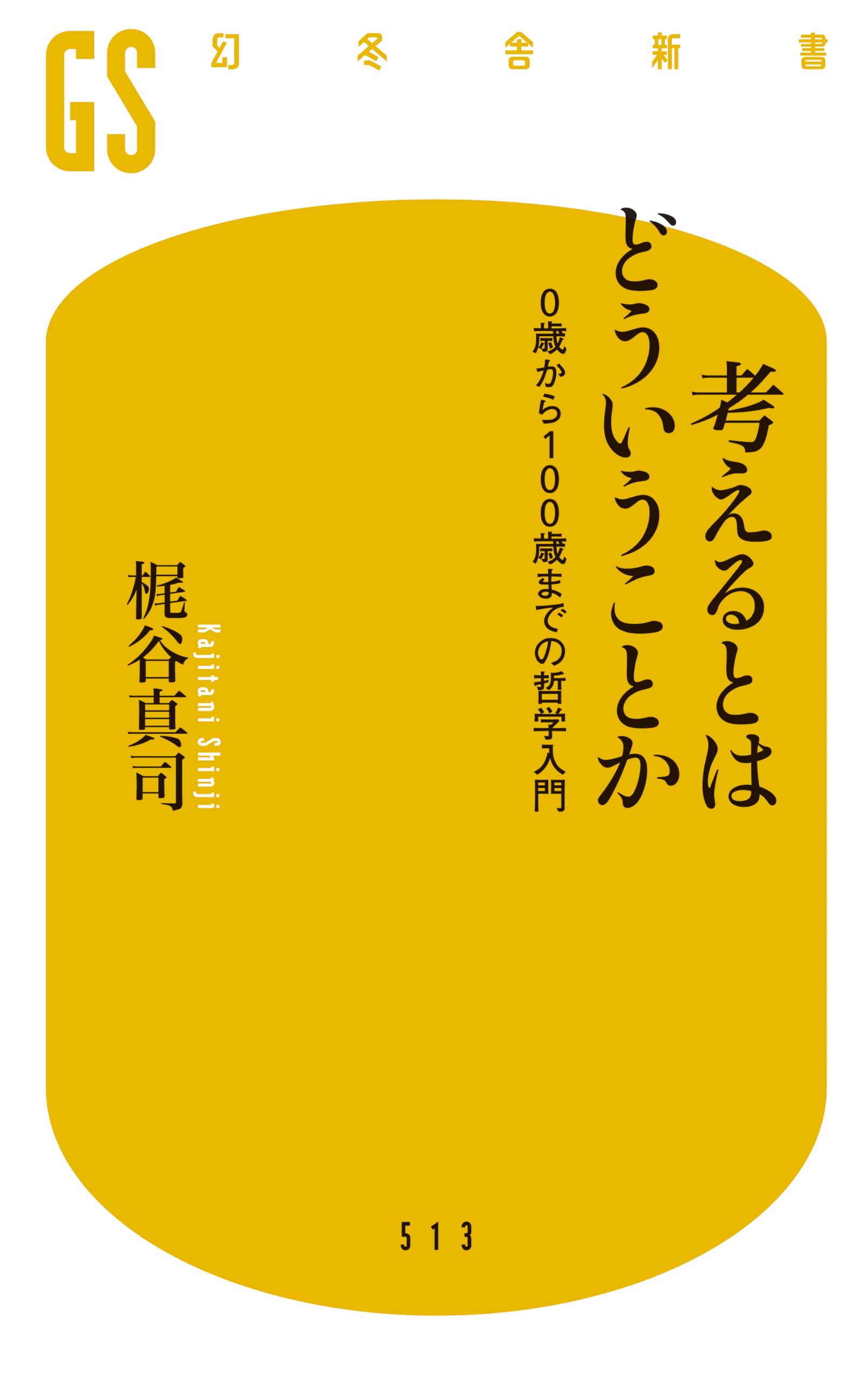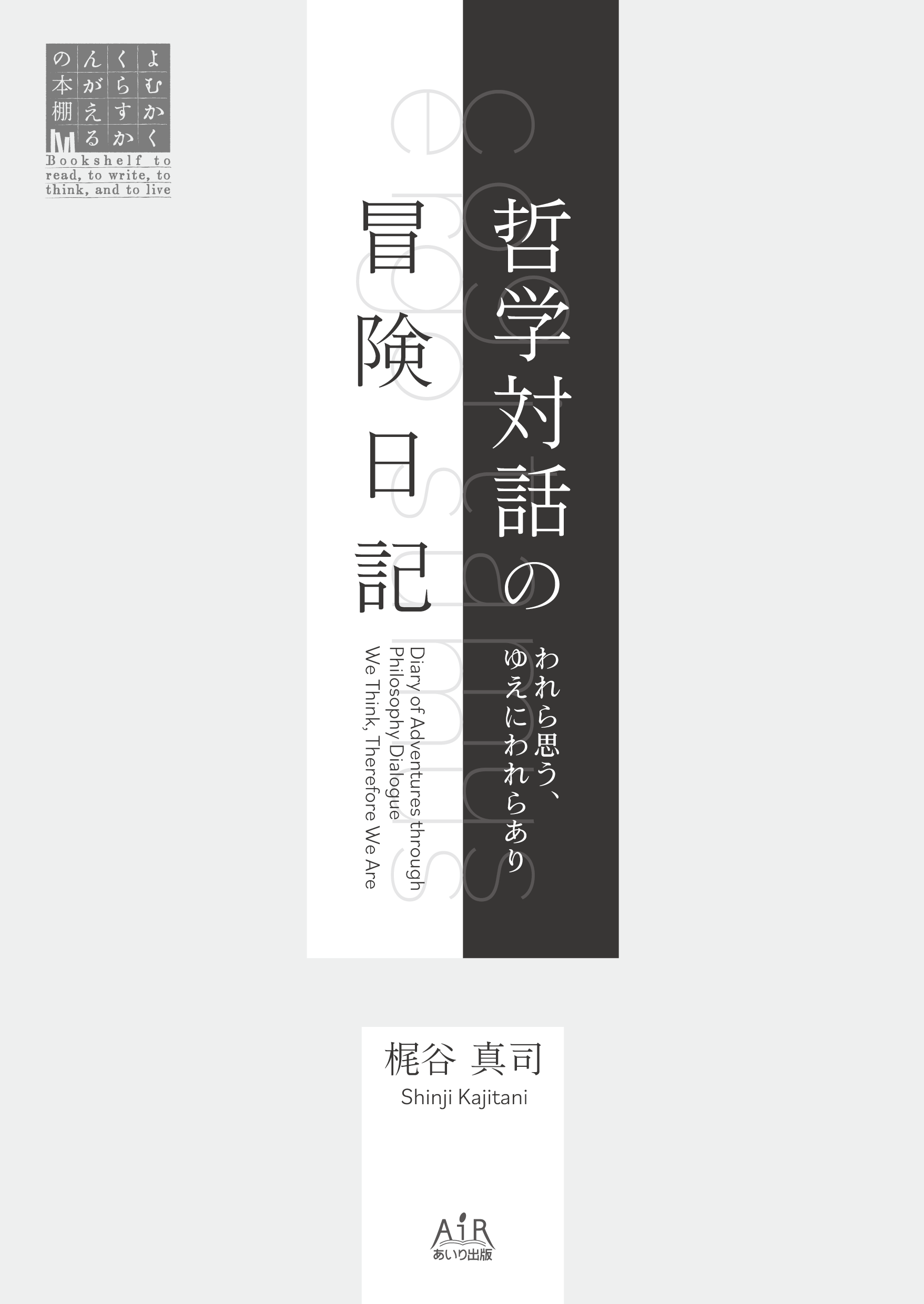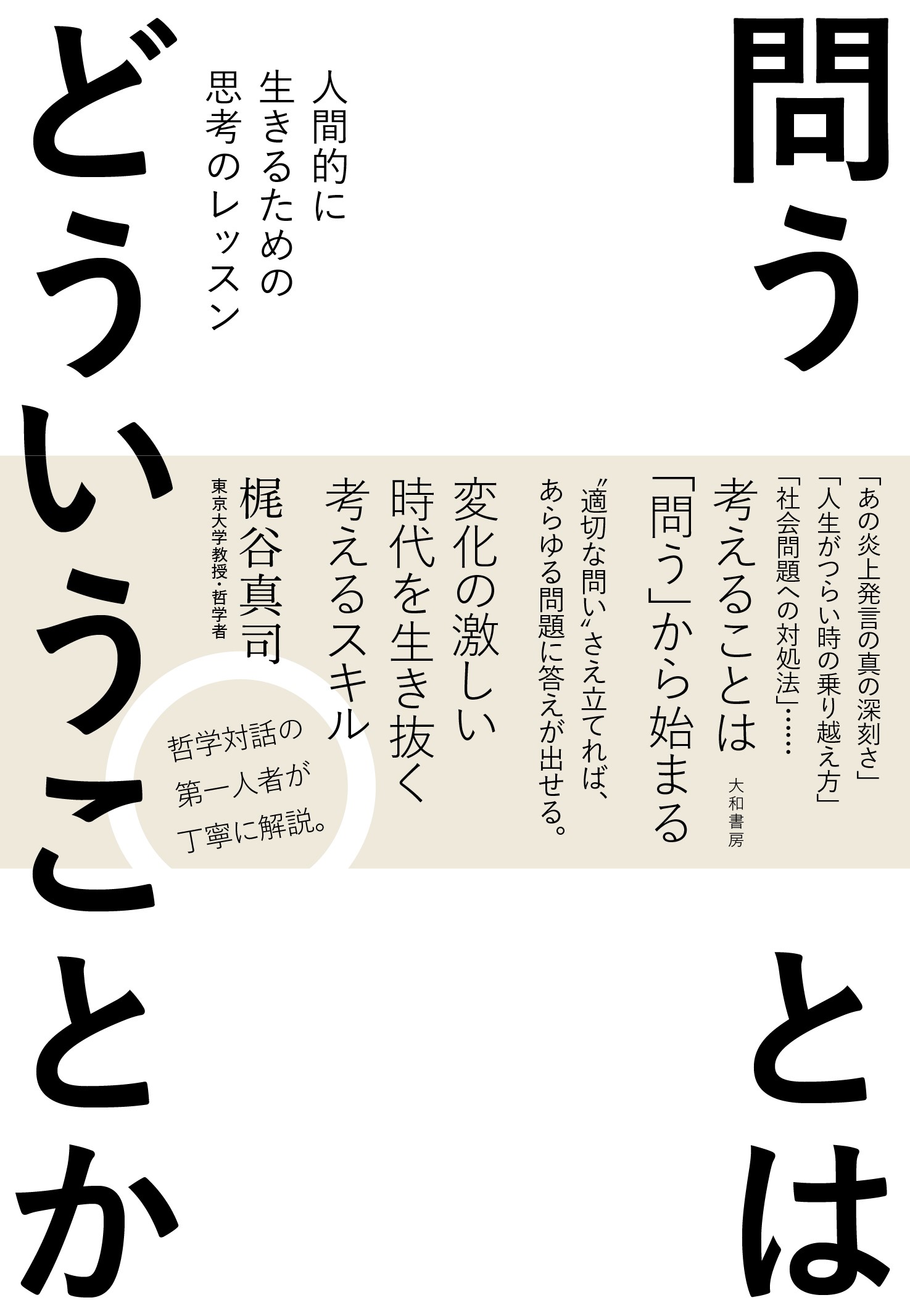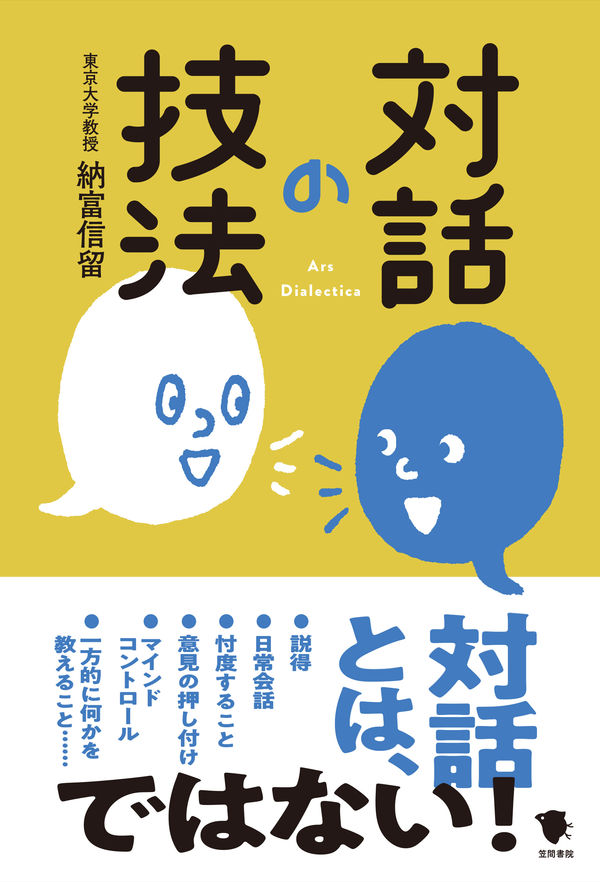
Title
Gentosha Library Publication Kangaeru to wa dou iu kotoka (What is thinking? - Introduction to Philosophy for Ages 0 to 100)
Size
262 pages
Language
Japanese
Released
September 27, 2018
ISBN
9784344985148
Published by
Gentosha
Book Info
See Book Availability at Library
Japanese Page
“What is thinking?”
How would you answer this simple question? Is it using your head? But how do you use your head?
There must be another way to ask this question to make it easier to answer. “When and where did we learn how to think?”
At school, at home, and at work, we are told to “Think!” When we are told to do that, what is it that we are being told to do? What do we do and how do we do it in order to have “thought”?
To tell the truth, most of us haven’t learned “how to think.” The fact is that we don’t know what thinking is and what to do to begin to think—I became aware of this through the practice of "philosophical dialogue".
Philosophy is the act of thinking itself, and I define it as “asking questions, thinking, and telling.” A philosophical dialogue is when multiple people do this together. Therefore, it is “asking questions, thinking, telling, and listening.” We have a question, search for the answer, put it into words, and mutually react to it. This is what it is to think together.
In a philosophical dialogue, the most important thing is to question. We can only begin to think when there is a question. In order to think, we must become conscious about questions. Also, telling only becomes possible when someone is listening to us. So, there is a need for others whenever we are thinking.
Thinking is as simple as that. However, we don’t understand much about asking questions, thinking, telling, or listening, and we don’t usually have an experience of them.
In the first place, we are not used to asking questions. We encounter many questions at school. There are innumerable questions inside textbooks. However, these are only questions given to us by others which we are forced to think about. We are certainly not thinking about them because we ourselves are not asking the questions.
Furthermore, these school questions are for tests and will disappear as soon as the answer is produced. The goal is to knock out as many questions as possible.
Asking questions can be seen as proof that one is dim-witted. People who ask a lot of questions can't help thinking that they are disliked and rediculed. University of Tokyo students are very good at knocking out questions. They know everything, there are no questions, everything is fine! These are people who think this is a good thing. However, when you say, “There are no questions,” doesn't this mean “There is nothing to think about”? If so, the goal of Japanese education and society seems to be “not to think.”
You probably think what I am saying is odd. However, I have had philosophical dialogues in various places such as schools, companies, and depopulated villages, with a variety of people—young and old, men and women—and have come to understand how difficult “thinking” is and how little it is valued. Through these dialogues, I began to see many things and issues that I had not previously noticed.
Meanwhile, I started to understand just how important thinking is for people and how it is open up to everyone. I also discovered what to do to be able to think. This book is written in easy-to-understand language without compromising the meaning. Therefore, this book is, without exaggeration, an “Introduction to Philosophy for Ages 0 to 100.”
(Written by KAJITANI Shinji, Professor, Graduate School of Arts and Sciences / 2019)



 Find a book
Find a book




